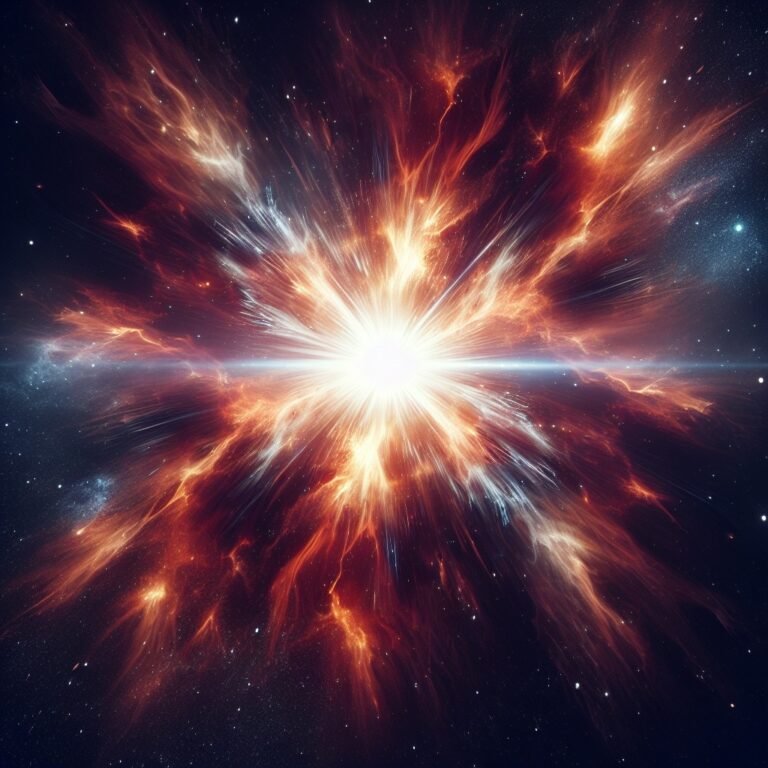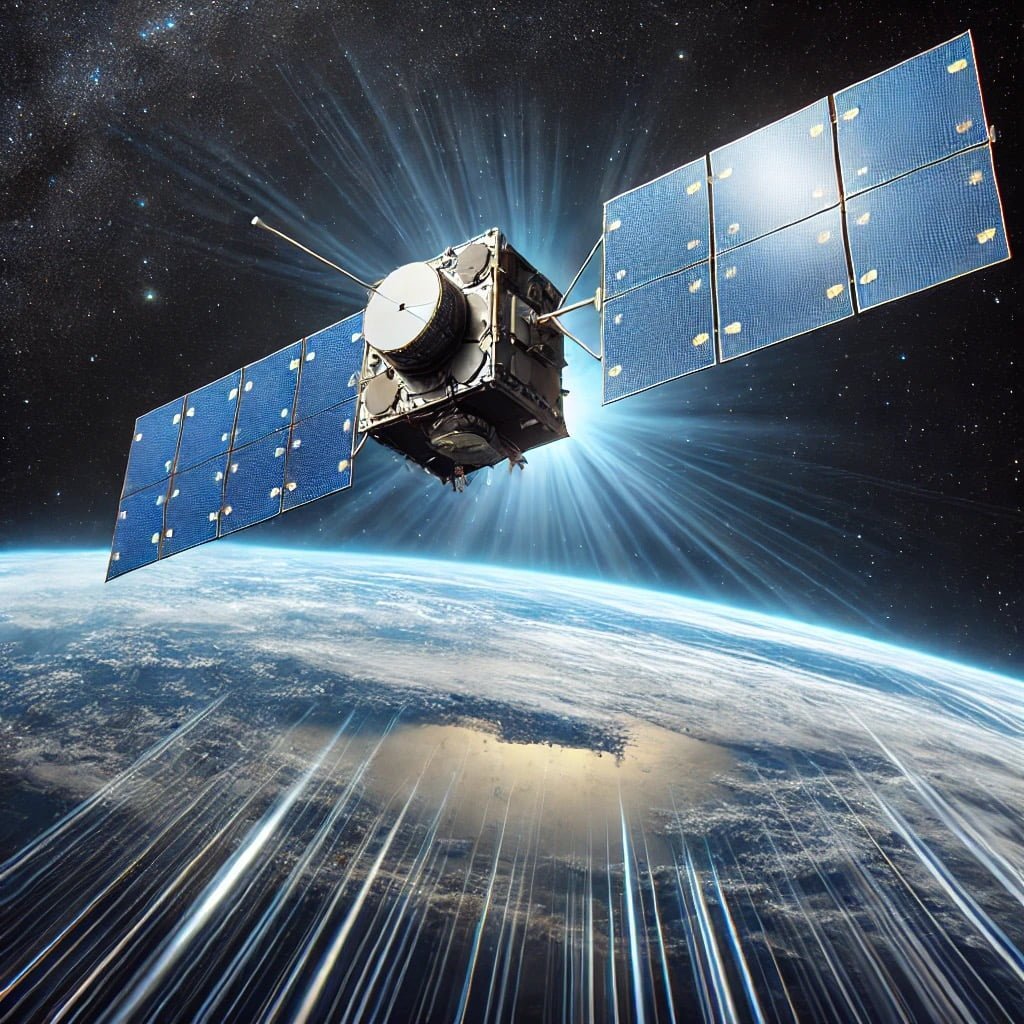Supernovae are among the most dramatic and powerful events in the universe, marking the explosive death of stars. But what exactly is a supernova?
Answer
A supernova is a powerful and luminous explosion that occurs when a star exhausts its nuclear fuel, leading to its collapse and subsequent explosion.
Simple Explanation
A supernova happens when a star runs out of energy and can no longer hold itself up. It collapses and then explodes in a spectacular show that can be seen from millions of miles away!
Detailed Explanation
Stars spend most of their lives fusing hydrogen into helium in their cores, a process that generates the energy that makes them shine. When they run out of this fuel, they can no longer support their own weight against gravity. This leads to a dramatic transformation: the core collapses, and the outer layers are expelled into space, resulting in a brilliant explosion known as a supernova.
Types of Supernovae
- Type I Supernova: These result from white dwarfs in binary systems that accumulate matter from a companion star until they reach a critical mass, causing a thermonuclear explosion.
- Type II Supernova: These occur in massive stars (at least eight times more massive than the Sun) that exhaust their nuclear fuel, leading to core collapse and a violent explosion.
Supernovae are not just spectacular; they play a critical role in the universe. They distribute elements created in the star’s core into space, enriching the interstellar medium and providing the building blocks for new stars, planets, and even life. For example, elements like iron in our blood were formed in the heart of a massive star that exploded long before our solar system existed.
Conclusion
Supernovae are incredible cosmic events that signify the end of a star’s life cycle, while also contributing to the ongoing creation of new celestial bodies in the universe.
FAQ
Q: How often do supernovae occur?
A: Supernovae happen approximately once every 50 years in a galaxy like the Milky Way, although many more occur across the universe.
Q: Can we see supernovae from Earth?
A: Yes, we can see supernovae with powerful telescopes, and sometimes they can be bright enough to be seen with the naked eye!
Q: What happens after a supernova?
A: After a supernova, the core may become a neutron star or a black hole, and the ejected material can form new stars and planets.
Q: Are supernovae dangerous to Earth?
A: While supernovae are powerful, the nearest potential supernova is far enough away that it poses no threat to Earth.
External Sources
Learn more about supernovae from NASA and Hubble Space Telescope.




